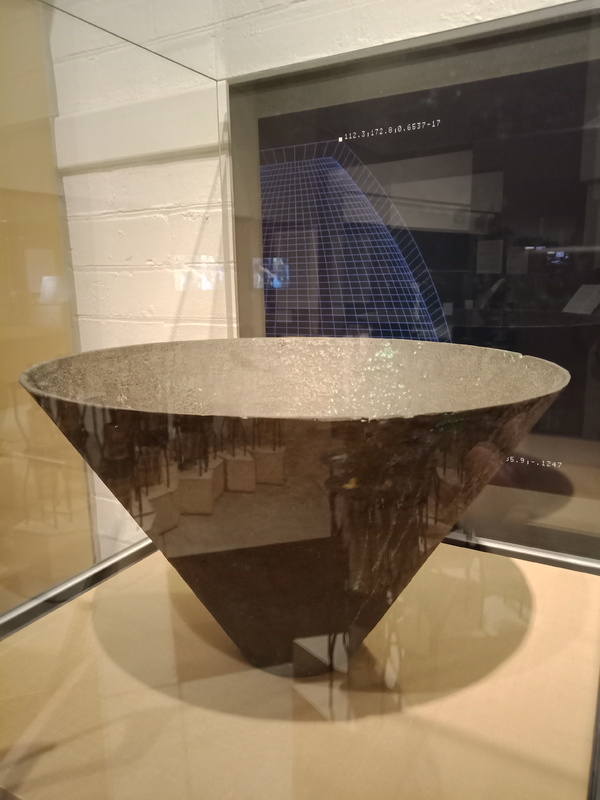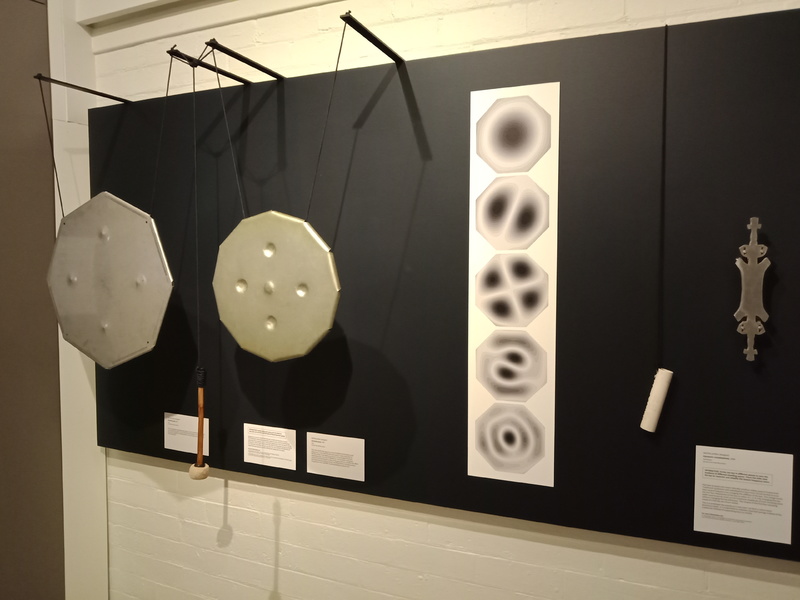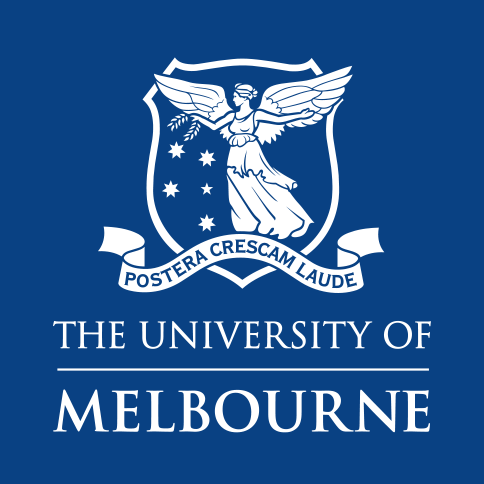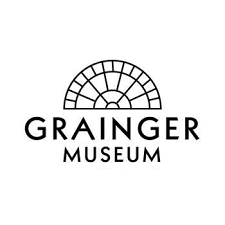Acoustic innovator: Neil McLachlan

Neil McLachlan and Anton Hasell's world's-first harmonic bell, 1999/2000 on display in the Grainger Museum

Display of Neil McLachlan's innovative instruments, including (left to right) Harmonic Gongs (2009 and 2014) and the Harmonic Metallophone (2009)
Acoustic innovations are central to the display of Associate Professor Neil McLachlan's work in the exhibition How it plays: innovations in percussion, exploring aspects of his investigations into acoustics and the pyschology of pitch perception in the decades since the creation of the Federation Handbells. Neil McLachlan writes:
“In my career I have sought to understand how sounds are created by vibrating objects, transmitted through environments, and perceived by the human brain as speech and music. This has led me to work as a researcher in engineering, architecture, psychology and music schools at universities, while working professionally as a performer and instrument designer. Today I’m working with start-up companies to develop new music technologies and artificial intelligence systems for speech and music, while supervising graduate students in Melbourne School of Psychological Sciences in an honorary capacity.
Inspired by Indonesian percussion ensembles called Gamelan, and the work of Percy Grainger and Harry Partch, I started building percussion ensembles in the 1980’s, leading to the formation of a performance collective called ‘GongHouse’ that collaborated with indigenous and ‘at risk’ communities throughout the early 1990’s. GongHouse instruments were hand-made from low-cost, readily available materials, and tuned according to theories developed by Partch.
Computer modelling of vibration became possible in the 1980s, but it wasn’t until the Federation Bell Project with Dr Anton Hasell, that I could apply my training in physics to the creation of highly engineered percussion instruments with sets of harmonically tuned frequencies. This project allowed me to systematically explore the patterns of standing waves in a series of forms from cylinders to disks of curved and tapered walls. This research revealed that a harmonic bell was only possible if the lowest frequencies of the bell were produced by a series of purely circumferential waves around the rim. Sophisticated ‘shape optimization’ computer algorithms developed by Dr Josef Thomas at RMIT University could then be used to fine tune these frequencies by sculpting the wall thickness.
The Federation Handbells have had a central role in many important commemorative events, helping to heal trauma and build social cohesion. Since the creation of the bells I have designed an entire harmonic Gamelan of gongs, bells and metallophones spanning five octaves. The cyclic temporal patterns in Gamelan music support social inclusivity, and the diversity of instruments found in the ensembles provide a diversity of musical roles, thereby fostering social empowerment. Education and community music programs that drew on my experiences with GongHouse were developed for my new Harmonic Gamelan in 2014, and successfully tested with colleagues in the Melbourne School of Psychological Sciences at the University of Melbourne.”
For more information see:

